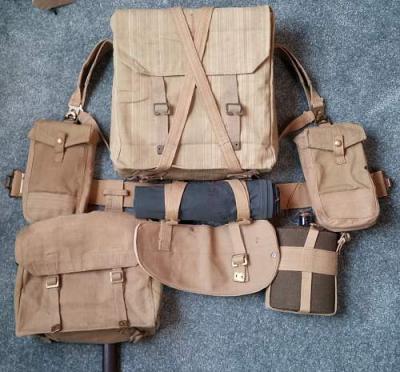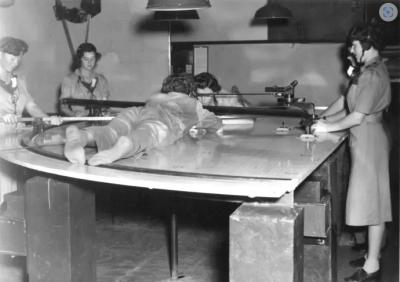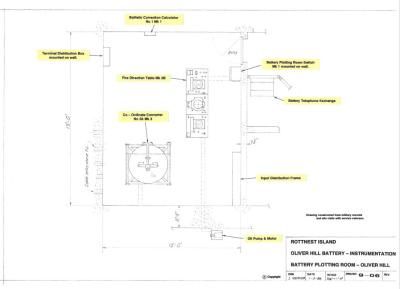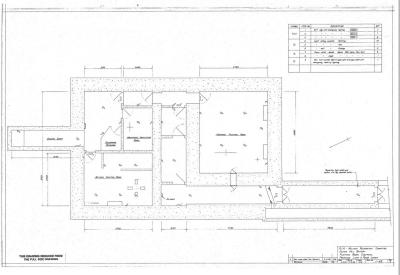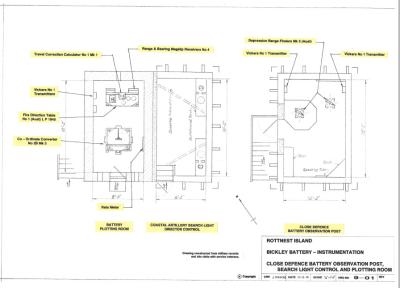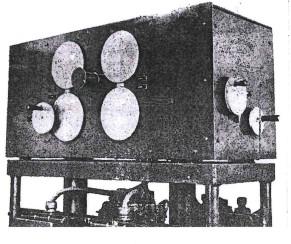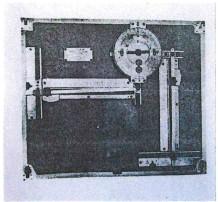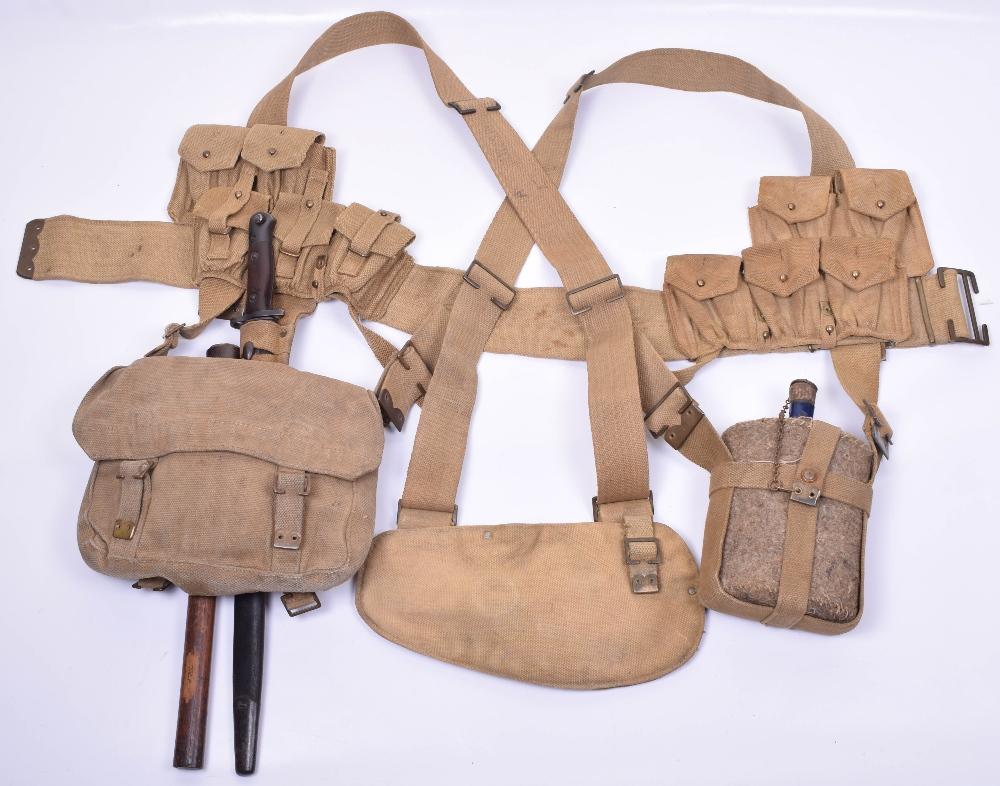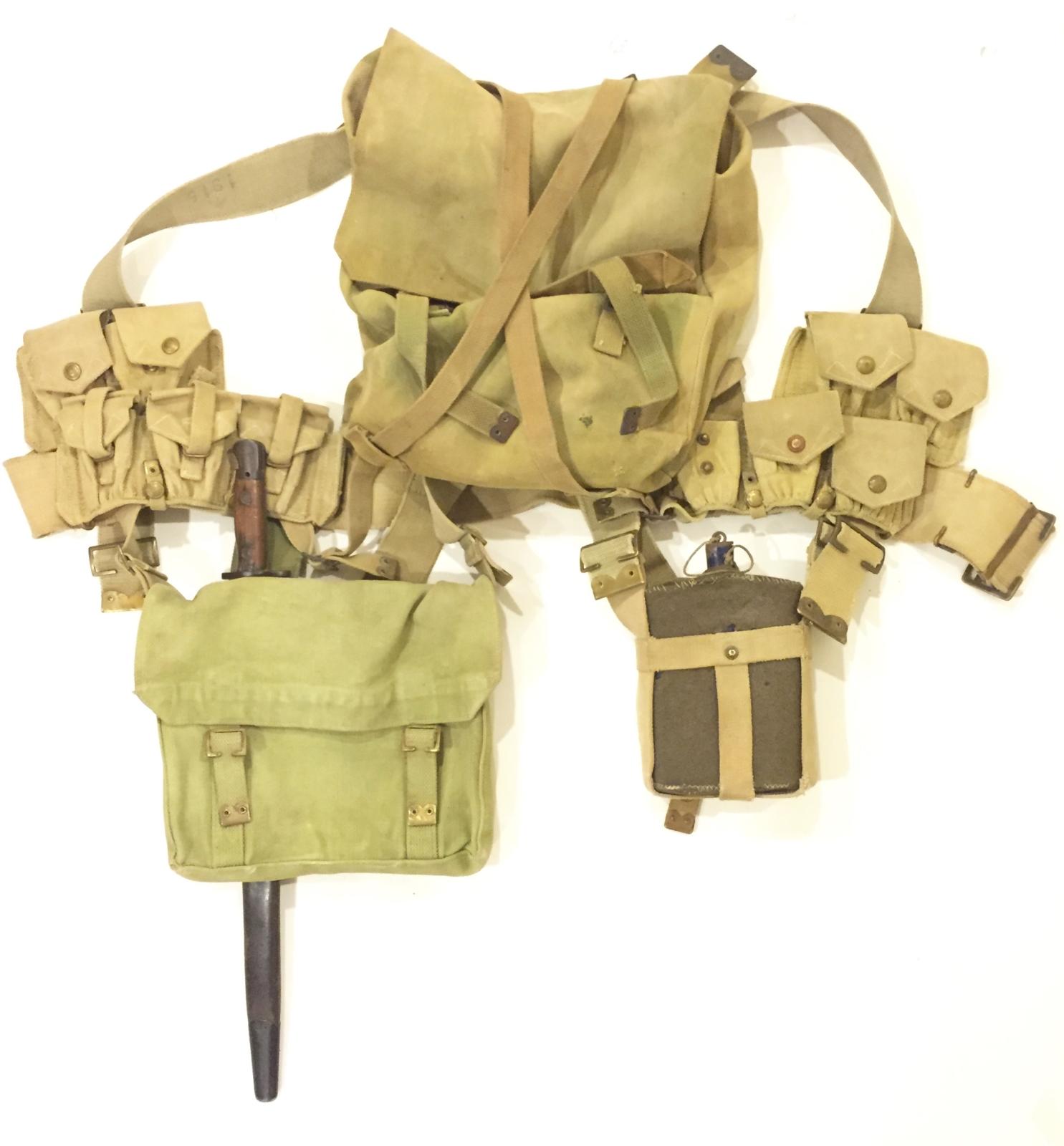World War 1 - 1908 Pattern Webbing
The 1908 equipment, when fully assembled, formed a single piece, and could be put on or taken off like a jacket. Ammunition was stored in two sets of pouches attached to the belt at the front, and the straps from these passed over the shoulders, crossing diagonally at the back. The large pack, or "valise", or the haversack could be attached to these diagonal straps, thus spreading their weight. The D-shaped buckles and the strap ends were made of brass. The Haversack would have carried: rations, a mess tin, a white towel, wool shirt, wool socks, a holdall, and a rifle cleaning kit. The holdall would have carried a spoon, knife, fork, button stick, shaving brush, hair comb, toothbrush, razor, a bar of soap, and spare boot laces. The whole set consisted of:[3]
One belt, three inches (76 mm) wide
Two braces, two inches (51 mm) wide
Two cartridge pouch sets, each set consisting of five pouches and each pouch holding three five-round stripper clips; 150 rounds of rifle ammunition in total.
One bayonet frog (a tubular carrier which connected the bayonet scabbard to the belt)
One water bottle and carrier
One haversack
One valise
Two valise straps
One entrenching tool with separate carriers for the head and helve
The 1908 Pattern Web Equipment was the main equipment with which the British and Imperial armies fought the First World War.[8] The inability of the Mills factory to keep up with demand led to the introduction of a leather version, the 1914 Pattern Leather Equipment, which was intended for training and second line troops, but often found its way into the front lines. The 1908 webbing was replaced by the 1937 Pattern Web Equipment.
Details
Details
The equipment could be configured in two different ways; for "Full Marching Order" the valise was worn on the back and the haversack was worn hanging at the left hip. In "Battle Order" which was intended to be worn in combat, the valise was detached and the haversack was attached to the back in its place, connected to the ammunition pouches by separate straps.[4] In 1917, an additional haversack in khaki webbing was introduced to hold the Small Box Respirator; it was worn high-up on the chest.[5][6]
In theory, an infantryman's Full Marching Order weighed 25.93 kilograms, and the Battle Order weighed 22.3 kilograms, both including the bayonet and 150 rounds of ammunition but excluding the Lee-Enfield rifle. However, in wartime conditions, the addition of new equipment such as the gas mask, steel helmet and hand grenades, together with the need to carry extra ammunition, rations and defence stores, meant that infantrymen could sometimes go into battle carrying loads estimated at up to 52 kilograms.
This pattern of webbing is displayed in uniform and equipment dioramas in the Orientation and World War 1 Galleries. Hands on handling opportunities are available in the World War 1 Gallery Cart and in Education Boxes available on loan to schools.
Australian Army Museum of Western Australia
Australian Army Museum of Western Australia
Other items from Australian Army Museum of Western Australia
- World War 2 - 1937 Pattern Webbing
- Pre 1914, 2nd Anglo-Boer War, 6th Western Australian Contingent, Perth, 1901
- Pre 1914, Western Australia, Rottnest Island, Undersea Cable, 1900
- World War 2, Western Australia, Rottnest Island, Coast Artillery Instrumentation, Fortress Plotter No 1 Mk 1
- World War 2, South West Asia, Syria, Fighting the French Foreign Legion, 1942
- World War 2, South West Asia, Lebanon, Operation Exporter, 1942
- World War 2, Western Australia, Wireless Set 101
- World War 2, Western Australia, Rottnest, Oliver Hill, Battery Plotting Room, Layout, 1938
- World War 2, Western Australia, Rottnest Island, Oliver Hill, Plotting Room Complex, 1938 / 1942
- World War 2, Western Australia, Rottnest Island, Bickley Battery, Observation Post and Command, Layout
- World War 2, Western Australia, Rottnest Island, Coast Artillery Instrumentation, Converter No 103 Mk 1 (Aust)
- World War 2, Western Australia, Rottnest Island, Coast Artillery Instrumentation, Travel Correction Calculator No 1 Mk 1
